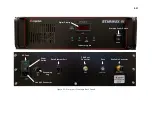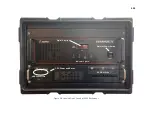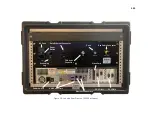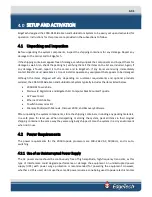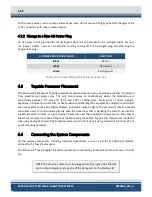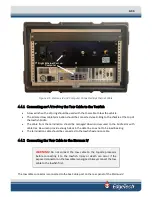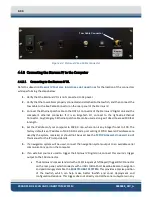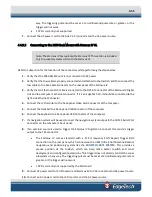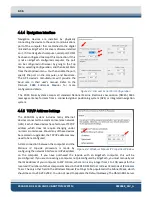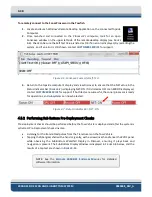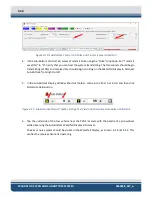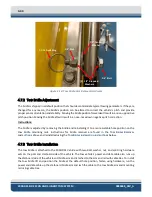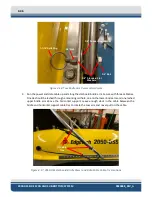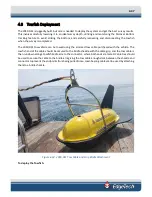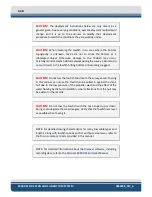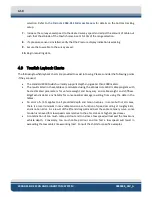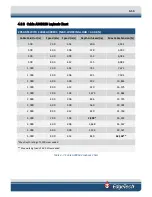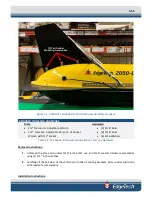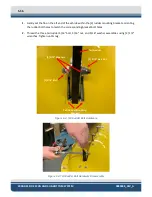
4-41
=
Figure 4-12: Sub-Bottom Display Tap Test Results
4.6
SBG AHRS Usage
Historical EdgeTech Towfish compasses have been pure magnetic field measuring devices that provide a
heading relative to magnetic North. The intent was to provide the operator with towfish heading, pitch,
and roll data to know how the towfish’s motion impacted data collection quality. This information was
suitable for this task but not ideal for processing raw data because of the inaccuracies caused by local
magnetic declination and the variable magnetic influences of materials in the towfish, towfish equipment,
tow vessel hull construction, the environment, and targets themselves. Our suggestion to overcome these
issues is to use course-made-good to process and mosaic side scan data and accurately position targets.
The introduction of the 2050-DSS has given us an opportunity to improve the heading sensor's
performance by fitting a MEMS-based inertial motion sensor unit that combines data from a built-in
gyroscope, accelerometer, and magnetic field sensors using a Kalman filter. The incorporation of rate-
gyro data means that the relative heading is much more stable. Overall, the sensor provides a more
reliable output that is less susceptible to short-term magnetic field variations. The absolute heading is still
reliant on magnetic field measurement and subject to some of the limitations outlined above.
Care still needs to be taken if using the AHRS data for mosaicking or target positioning, as there may be
external magnetic fields that are not being adequately allowed for.
EdgeTech AHRS Verification Procedures

